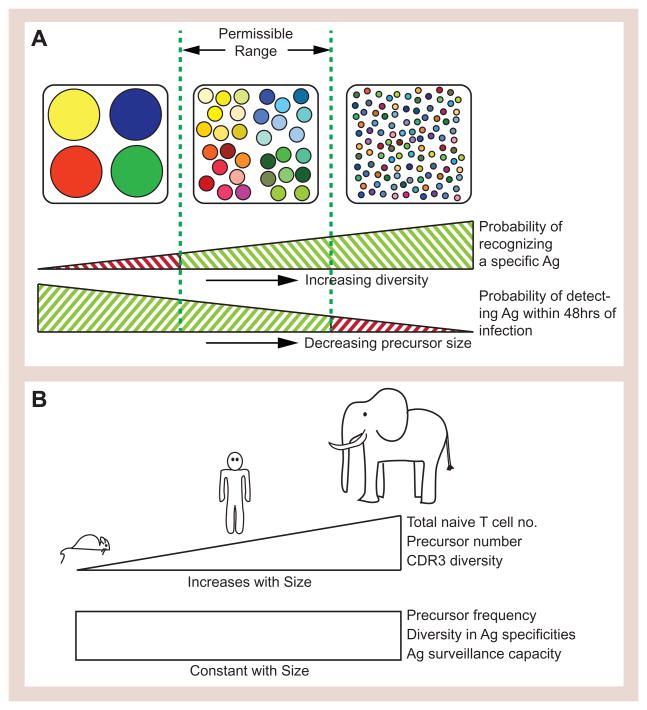Figure 1. Features of an effective T cell repertoire.
(A) Due to the fixed size of an individual’s naive T cell pool, a tradeoff between T cell diversity and the number of cells present of a given specificity (precursor number) arises. If the TCR repertoire is too diverse, the precursor frequency for a given specificity becomes so low that the response time to a replicating pathogen would be too slow. But if the repertoire is not diverse enough then foreign antigens may be missed entirely. The minimum unit repertoire that achieves an optimal balance of these two parameters is termed the Protecton. (B) To maintain an equal probability of successfully detecting a foreign antigen across species with vastly different body sizes, the absolute number of naïve T cells with a given TCR specificity has to be greater in larger animals to maintain the Protecton, but the precursor frequency for a given antigen stays constant as body size increases.

